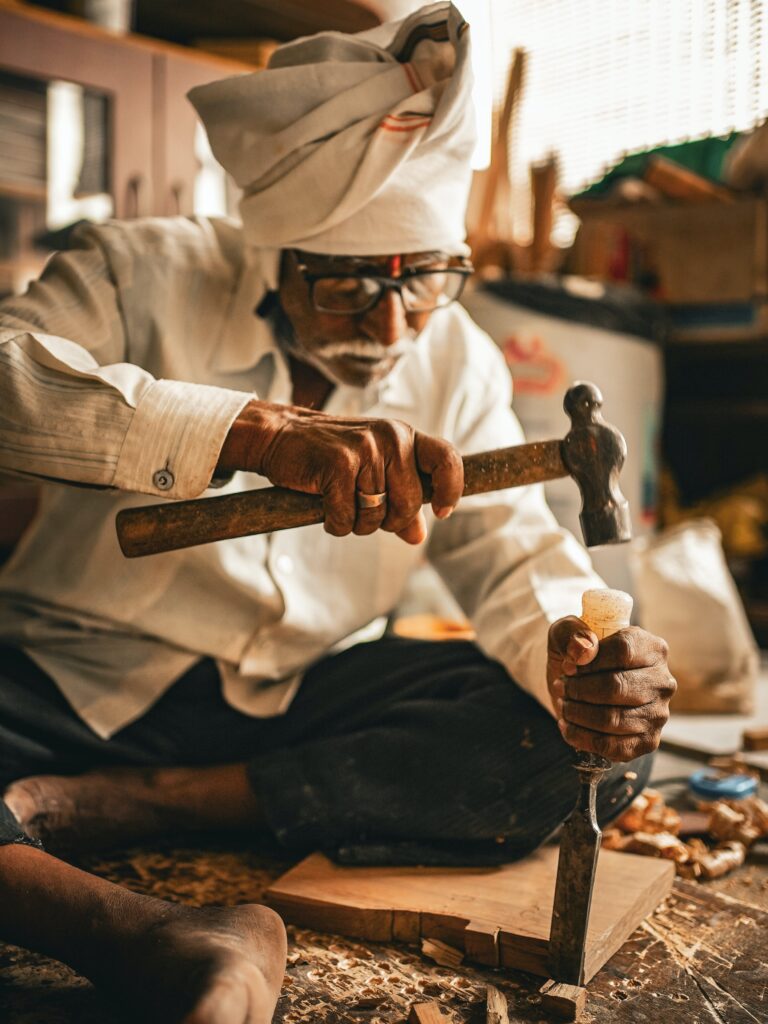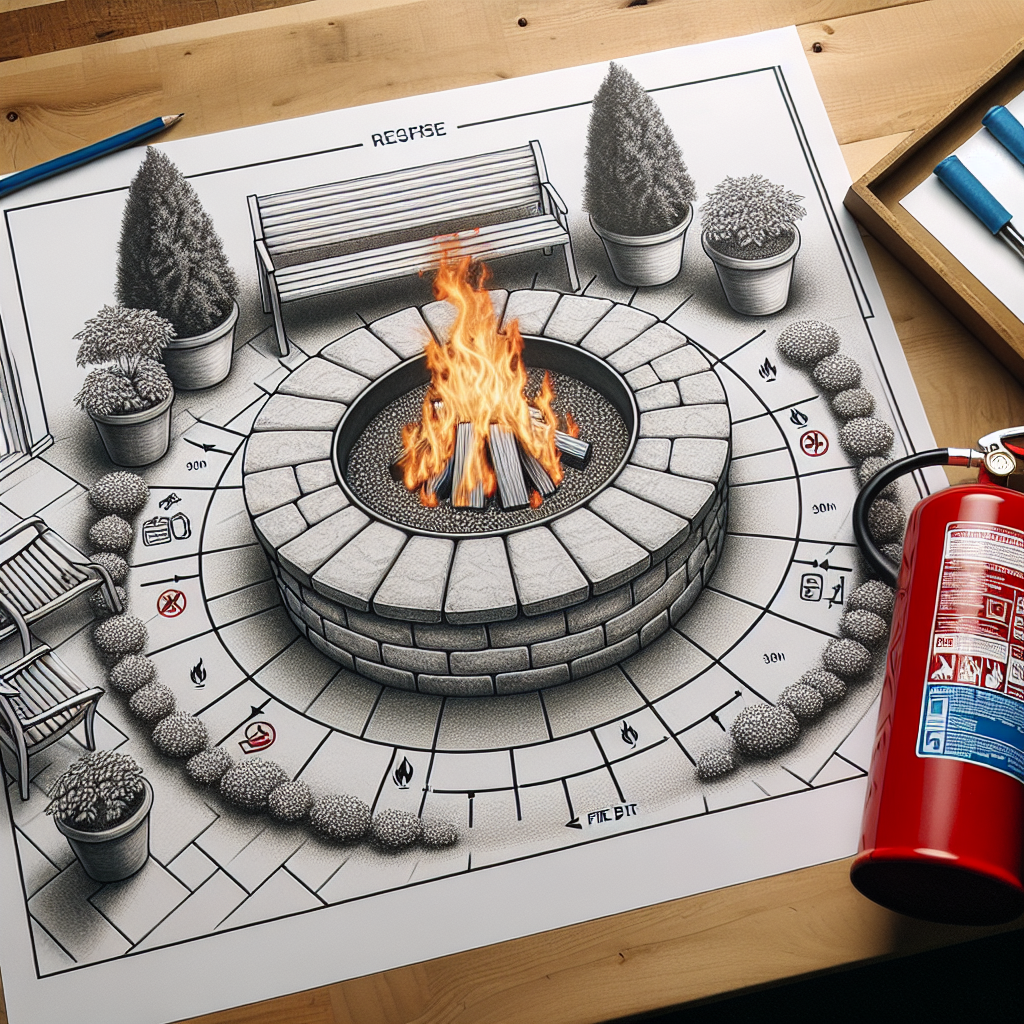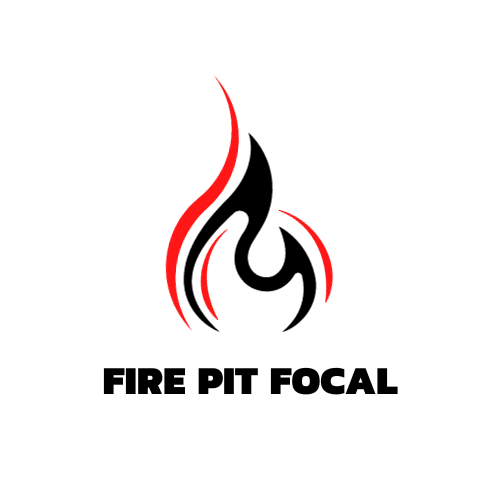In this article, you will discover essential safety guidelines to ensure the proper maintenance of your fire pit. As the perfect addition to any outdoor gathering, fire pits provide warmth and ambiance. However, it’s crucial to be aware of the necessary precautions to prevent accidents and maintain the longevity of your fire pit. By following these guidelines, you can enjoy countless cozy evenings around the fire, worry-free.

Choosing a Safe Location
When it comes to choosing a safe location for your fire pit, there are a few important factors to consider. First and foremost, you’ll want to keep a safe distance from your home. This means placing the fire pit at least 10 feet away from any structures, including your house, garage, or shed. By maintaining this distance, you can reduce the risk of any accidental fires spreading to your property.
In addition to keeping a safe distance from your home, it’s crucial to avoid placing the fire pit under low-hanging trees or structures. A stray spark or ember could easily ignite dry leaves or branches, leading to a potentially dangerous situation. Always ensure that there is ample clearance above the fire pit to prevent any fire hazards.
Before lighting up your fire pit, it’s important to clear the area of any flammable materials. This includes dry grass, leaves, and debris. By removing these items from the vicinity of the fire pit, you can minimize the risk of any accidental fires starting. Additionally, it’s a good idea to create a designated clear zone of at least 5 feet around the fire pit to provide a buffer against flames.
Proper ventilation is also essential when it comes to fire pit safety. Make sure that the area around the fire pit is well-ventilated to prevent the buildup of smoke and carbon monoxide. This means avoiding enclosed spaces or placing the fire pit too close to walls or other structures that could restrict airflow. Adequate ventilation will ensure that you can enjoy your fire pit without any health or safety concerns.
Installing the Fire Pit
When installing your fire pit, there are several key considerations to keep in mind. First, you should consider the type of fire pit that best suits your needs. There are various options available, including wood-burning, gas, or propane fire pits. Each type has its own safety requirements and installation instructions, so be sure to carefully review the manufacturer’s recommendations before proceeding.
Regardless of the type of fire pit you choose, it’s essential to follow the manufacturer’s instructions during installation. This will ensure that the fire pit is set up correctly and operates safely. From assembling the various components to connecting any necessary gas lines or propane tanks, it’s crucial to follow the provided guidelines step by step.
To create a safe foundation for your fire pit, use fireproof materials such as concrete or pavers. These materials can withstand the heat produced by the fire pit and prevent any accidental fires from spreading to the ground. It’s also important to ensure that the ground where you install the fire pit is stable and level. This will prevent the fire pit from tipping over or becoming unstable during use.
Proper Fuel Selection
Choosing the appropriate fuel for your fire pit is another essential aspect of fire pit safety. Different types of fire pits require different fuels, so be sure to use the fuel that is recommended for your specific fire pit. For example, wood-burning fire pits typically use dry, seasoned firewood, while gas or propane fire pits require the appropriate gas fuel.
Avoid using flammable liquids or accelerants to start or enhance a fire in your fire pit. This includes gasoline, lighter fluid, or any other combustible substances. These substances can cause unpredictable and potentially dangerous fires. Stick to the recommended fuels and use proper fire-starting techniques to ensure a safe and controlled fire in your fire pit.
It’s important to note that the fire pit should only be used for its intended purpose. Avoid burning trash or debris in the fire pit, as this can release harmful toxins and pollutants into the air. Stick to burning clean firewood or using the appropriate gas or propane fuel as recommended by the manufacturer.
Fire Pit Maintenance
Regular maintenance is vital to keep your fire pit in safe and working condition. One essential aspect of maintenance is regularly cleaning out the ashes and debris from the fire pit. Ash buildup can restrict airflow and potentially cause a fire hazard. Use a metal scoop or shovel to remove the ashes, and dispose of them in a metal container once they have completely cooled.
In addition to cleaning out the ashes, it’s crucial to periodically inspect the fire pit for any damages or signs of wear. Check for any cracks in the fire pit’s structure, loose or damaged components, or any other issues that may compromise its safety. If you notice any problems, it’s important to address them promptly to ensure the continued safe operation of the fire pit.
Inspecting and maintaining the various components of the fire pit is also essential for safety. This includes checking the gas lines, valves, and connections for any leaks or damages for gas or propane fire pits. For wood-burning fire pits, make sure the mesh spark screen is intact and securely attached to prevent embers from escaping. Regular maintenance will help identify and address any potential safety issues before they become more significant problems.
Lastly, when the fire pit is not in use, it’s a good practice to keep it covered. This will protect it from the elements and prevent debris from accumulating inside. A fire pit cover will also discourage any unauthorized use and help keep the area around the fire pit safe and tidy.

Fire Safety Precautions
To ensure the safety of everyone involved, there are some essential fire safety precautions to keep in mind when using a fire pit. First and foremost, always have a fire extinguisher nearby. In the event of a fire getting out of control, a fire extinguisher can be a lifesaver. Make sure everyone is familiar with its location and knows how to operate it properly.
Never leave the fire pit unattended, especially when there are flames present. Even a small fire can quickly grow and become a significant hazard if left unsupervised. Assign a responsible adult to monitor the fire pit at all times and make sure that it is completely extinguished before leaving the area.
If you have children or pets, it’s crucial to supervise them closely when they are around the fire pit. Teach them about the potential dangers and establish clear rules to ensure their safety. Keep them a safe distance away from the fire pit and educate them about the potential risks of getting too close to the flames.
When adding fuel to the fire pit, exercise caution. Avoid pouring excessive amounts of fuel onto the fire, as this can result in sudden flare-ups and a loss of control. Instead, add fuel incrementally and allow the fire to adjust gradually. This will help maintain a safe and manageable fire in your fire pit.
Safe Operation Practices
Adhering to fire bans and regulations in your area is crucial when it comes to fire pit safety. Check with your local authorities and follow any restrictions or guidelines in place. This will help prevent accidents and ensure that you are operating your fire pit within the legal and safe limits.
To avoid excessive smoke or sparks, make sure that the fire pit’s ventilation is unobstructed. Use dry and properly seasoned firewood if you have a wood-burning fire pit, as wet or green wood can produce more smoke and sparks. Gas and propane fire pits typically produce less smoke, but it’s still important to ensure proper ventilation to prevent any buildup of harmful gases.
Be mindful not to overload the fire pit with fuel. Adding too much fuel can cause an excessive and uncontrollable fire. Follow the recommended fuel guidelines for your specific fire pit and avoid the temptation to add more than necessary. Maintaining a safe fire size will make it easier to manage and reduce the risk of accidents.
Lastly, always keep a safe distance from the fire pit while it is burning. The radiant heat can be intense, so it’s important to stay at a distance where you feel comfortable and safe. Enjoy the ambiance and warmth from a safe location, and remind others to do the same.

Weather Considerations
When it comes to using a fire pit, weather conditions are an important consideration for safety. It’s essential to avoid using the fire pit in windy conditions. Strong winds can blow sparks and embers out of the fire pit, potentially igniting nearby flammable materials. If it’s a windy day, it’s best to postpone your fire pit session until the wind dies down.
Always check weather forecasts for potential fire hazards. In certain conditions, such as during periods of drought or dry weather, the risk of fires can be significantly higher. During these times, it’s advisable to refrain from using the fire pit altogether to minimize the chances of an accidental fire starting.
Before leaving the fire pit unattended, make sure to extinguish the fire completely. Use water or sand to fully extinguish the flames and ensure that no smoldering embers remain. Even a small ember can reignite and lead to a fire hazard if left unattended. It’s better to be safe than sorry and always make sure the fire is completely out before leaving the area.
Emergency Preparedness
In the event of a fire-related emergency, it’s crucial to be prepared. Keep a first aid kit nearby that is stocked with essential supplies to treat minor burns or injuries. Familiarize yourself with basic first aid procedures for burns and educate others in your household or gathering about fire-related injuries and their proper treatment.
Knowing how to properly use a fire extinguisher is another vital aspect of emergency preparedness. Take the time to familiarize yourself with the proper operation of a fire extinguisher and ensure that it is in good working condition. You never know when you might need to quickly and effectively extinguish a fire, so it’s essential to be prepared.
Have a plan in place in case of fire emergencies. Identify the nearest exit points and establish a meeting place where everyone should gather in the event of a fire. Practice the evacuation plan with your family or household members to ensure that everyone knows what to do and where to go. This can help minimize panic and confusion in case of an emergency.
Keep emergency contact numbers readily available. Post them prominently near your fire pit or in another easily accessible location. This should include the number for the local fire department, as well as any other relevant emergency services. In the event of a fire-related incident, you’ll want to be able to quickly and easily contact the appropriate authorities for assistance.

Educating Others
Fire pit safety is not just your responsibility but also a shared responsibility within your family, household, or community. Take the time to teach your family members and guests about fire pit safety guidelines. Ensure that everyone understands the risks and knows how to prevent accidents and injuries.
If you have neighbors who also use fire pits, share the safety guidelines and rules with them. Encourage open communication and a collective commitment to fire safety. By working together, you can help create a safer environment for everyone in your community.
When allowing others to use your fire pit, provide proper instructions and supervision. Make sure they are aware of the safety guidelines and are comfortable operating the fire pit. Remain nearby to address any questions or concerns and ensure that everyone is following the necessary safety precautions.
Regular Inspections and Maintenance
Regular inspections and maintenance are crucial for maintaining a safe and functional fire pit. Schedule routine inspections of the fire pit to check for any signs of damage, wear, or deterioration. An annual inspection is recommended, but it’s also beneficial to visually inspect the fire pit before each use to ensure its continued safety.
Clean and maintain the fire pit according to the manufacturer’s recommendations. This may include scrubbing off any buildup or residue, wiping down surfaces, or lubricating moving parts. By following the provided care instructions, you can help prolong the lifespan of your fire pit and ensure its safe operation.
If you notice any damaged or worn-out parts during your inspections, it’s important to replace them promptly. This may include components such as gas lines, valves, burners, or fire screens. Keeping all the parts of your fire pit in good working condition is essential for safe and effective operation.
Lastly, ensure that all safety features are functioning properly. This includes spark screens, safety valves, and shut-off mechanisms. Regularly test these safety features to ensure that they are operational and replace any faulty parts as needed. The safety of your fire pit and those around it depends on reliable safety features, so it’s crucial to keep them in good working order.
By following these safety guidelines for fire pit maintenance, you can enjoy the warmth and ambiance of your fire pit while minimizing the risk of accidents and injuries. Make fire safety a priority and take the necessary precautions to ensure a safe and enjoyable experience for everyone.



